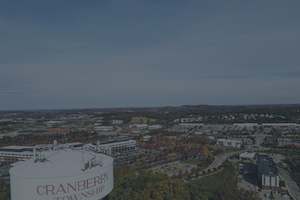Jackson Township plans for future development with amendment to zoning ordinance
Amid a surge in residential development, Jackson Township supervisors Thursday, June 19, approved a zoning ordinance aiming to better managing future development while protecting existing land and infrastructure.
The new ordinance reduces the housing density on secondary roads that township officials say aren’t well-suited to handle more intensive development.
Township manager Chris Rearick said the measure comes as a response to a faster-than-anticipated growth that has outpaced original land-use expectations.
“Given the fact that those proposals and development have outpaced what was initially assumed, it appeared to be an appropriate time to reexamine the level of density permitted on properties that accessed secondary routes within the township,” he said.
Rearick emphasized that the township’s zoning is corridor-based, meaning certain roads such as Gudekunst and Tollgate were planned to deal with more intensive development due to their access to signalized intersections and potential for future road improvements.
Other routes, he said, weren’t designed for the same level of traffic and can’t be easily upgraded — even with the traffic impact fees developers are required to pay.
While Jackson Township collects traffic impact fees through every housing unit based on peak hour traffic generation, those funds are limited in how they can be spent.
State law dictates that the money can only go toward specific intersection and road improvements, making it difficult to address broader corridor alignment or safety concerns within practical means.
“Some roads in the township simply can’t be fixed with those fees. That makes development along those routes more challenging from a public safety and quality-of-life standpoint,” Rearick said.
The ordinance does not hinder future development, he said, but instead looks to direct it toward areas where the township can realistically support it.
It also maintains support for cluster developments that preserve open space and offer varied housing types, while implementing tools like lot averaging to provide flexibility in what and how many units can be constructed safely.
Rearick said the goal is not to limit reasonable development, but to ensure that rules are clear, fair and in line with the township’s vision to provide safe and sustainable infrastructure.
“The purpose of the ordinance isn’t to be antidevelopment,” he said. “Given that we’ve experienced, I think, a successful amount of growth, we’re now at a point where we have to evaluate the impact of growth on the balance of the township’s remaining properties and corridors.”
Any new plans will now be reviewed under the updated ordinance.









